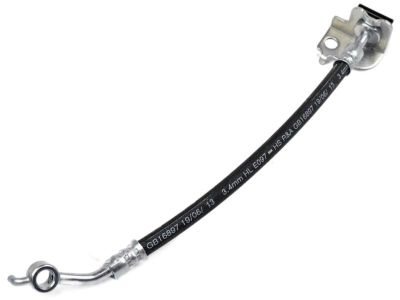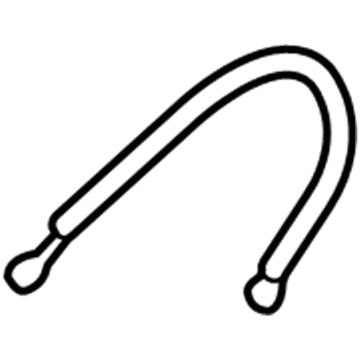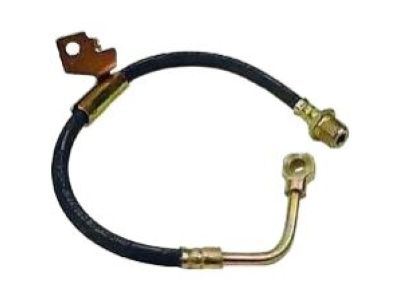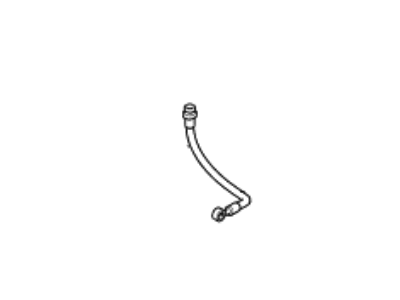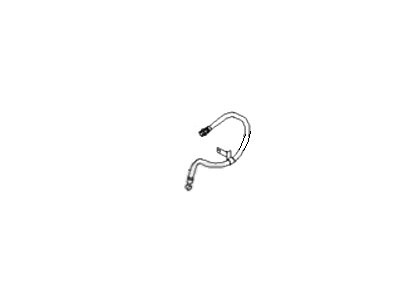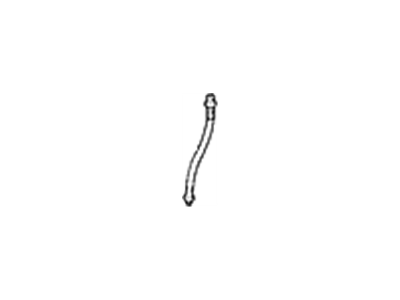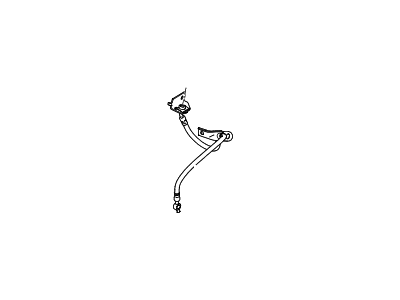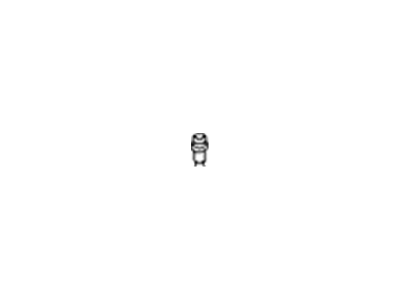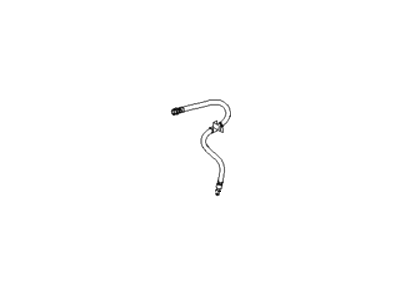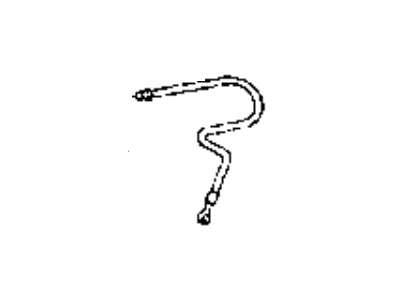×
- Hello
- Login or Register
- Quick Links
- Live Chat
- Track Order
- Parts Availability
- RMA
- Help Center
- Contact Us
- Shop for
- Hyundai Parts
- Hyundai Accessories


My Garage
My Account
Cart
Genuine Hyundai Elantra Brake Line
Brake Hose- Select Vehicle by Model
- Select Vehicle by VIN
Select Vehicle by Model
orMake
Model
Year
Select Vehicle by VIN
For the most accurate results, select vehicle by your VIN (Vehicle Identification Number).
49 Brake Lines found

Hyundai Elantra Hose-Brake Rear,LH
Part Number: 58737-3X300$87.03 MSRP: $122.27You Save: $35.24 (29%)Ships in 1-3 Business Days
Hyundai Elantra Tube-Hose To Rear Brake,LH
Part Number: 58742-2D100$16.50 MSRP: $21.32You Save: $4.82 (23%)Ships in 1-3 Business Days
Hyundai Elantra Tube-Hose To Rear Brake,RH
Part Number: 58743-2D100$14.90 MSRP: $19.26You Save: $4.36 (23%)Ships in 1-3 Business Days
Hyundai Elantra Hose-Brake Rear,LH
Part Number: 58737-2H350$68.39 MSRP: $96.08You Save: $27.69 (29%)Ships in 1-3 Business DaysHyundai Elantra Hose-Brake Rear,LH
Part Number: 58737-3X000$75.53 MSRP: $106.11You Save: $30.58 (29%)Ships in 1-3 Business DaysHyundai Elantra Hose-Brake Front,LH
Part Number: 58731-F2000$110.04 MSRP: $154.60You Save: $44.56 (29%)Ships in 1-3 Business DaysHyundai Elantra Hose-Brake Front,RH
Part Number: 58732-2D000$91.64 MSRP: $128.76You Save: $37.12 (29%)Ships in 1-3 Business DaysHyundai Elantra Hose-Brake
Part Number: 58732-28000$53.37 MSRP: $74.34You Save: $20.97 (29%)Ships in 1-3 Business DaysHyundai Elantra Hose-Brake Front,LH
Part Number: 58731-A5000$101.31 MSRP: $142.34You Save: $41.03 (29%)Ships in 1-3 Business DaysHyundai Elantra Hose-Brake Front,LH
Part Number: 58731-3X000$129.85 MSRP: $182.44You Save: $52.59 (29%)Ships in 1-3 Business DaysHyundai Elantra Hose-Brake Front,RH
Part Number: 58732-A5000$99.98 MSRP: $140.47You Save: $40.49 (29%)Ships in 1-3 Business DaysHyundai Elantra Hose-Brake Rear,LH
Part Number: 58737-2H300$70.85 MSRP: $99.55You Save: $28.70 (29%)Ships in 1-3 Business DaysHyundai Elantra Hose-Brake Rear,LH
Part Number: 58737-2H000$74.03 MSRP: $104.02You Save: $29.99 (29%)Ships in 1-3 Business DaysHyundai Elantra Hose-Brake Rear,LH
Part Number: 58737-2H050$74.03 MSRP: $104.02You Save: $29.99 (29%)Ships in 1-3 Business DaysHyundai Elantra Hose-Brake Front,LH
Part Number: 58731-2D000$76.92 MSRP: $108.06You Save: $31.14 (29%)Ships in 1-3 Business DaysHyundai Elantra Hose-Brake,LH
Part Number: 58737-29310$80.22 MSRP: $112.71You Save: $32.49 (29%)Ships in 1-3 Business DaysHyundai Elantra Hose-Brake,LH
Part Number: 58737-29320$80.22 MSRP: $112.71You Save: $32.49 (29%)Ships in 1-3 Business DaysHyundai Elantra Hose-Brake,RH
Part Number: 58747-29310$80.22 MSRP: $112.71You Save: $32.49 (29%)Ships in 1-3 Business DaysHyundai Elantra Hose-Brake,RH
Part Number: 58747-29320$80.22 MSRP: $112.71You Save: $32.49 (29%)Ships in 1-3 Business Days
| Page 1 of 3 |Next >
1-20 of 49 Results
Hyundai Elantra Brake Line
If you are looking for affordable high-quality OEM Hyundai Elantra Brake Line, then you have come to the prime place. Our website provides a large amount of genuine Hyundai Elantra Brake Line at unbeatable prices. All our parts come backed with the manufacturer's warranty.
Hyundai Elantra Brake Line Parts Questions & Experts Answers
- Q: How should brake lines and hoses be inspected and replaced on Hyundai Elantra?A:About every six months, inspect the flexible hoses connecting the steel brake lines with the rear brakes and front calipers for cracks, chafing, leaks, blisters, and other damage. Replacement steel and flexible brake lines are commonly available from dealer parts departments and auto parts stores; only use genuine steel brake lines or approved flexible brake hoses as replacements. When installing the brake line, ensure at least 3/4-inch clearance between the line and any moving or vibrating parts. To disconnect a hose and line, use a flare-nut wrench to loosen the brake line-to-hose fitting, then remove the clip and slide the hose out of the bracket. For disconnecting a hose from a caliper, unscrew the banjo bolt and discard the sealing washers, always installing new sealing washers when reconnecting the hose fitting. Steel brake lines are typically retained with clips; remove these clips completely before removing a rigid brake line and reinstall them or new ones if damaged to provide support and prevent vibration that can lead to breakage. When replacing brake lines, ensure the correct parts are used and never use copper tubing; purchase genuine steel brake lines from a dealer or auto parts store. When installing a steel line, ensure it is securely supported in the brackets with ample clearance from moving or hot components. After installation, check the fluid level in the master cylinder, add fluid as necessary, bleed the brake system, and test the brakes carefully before driving the vehicle in traffic, avoiding operation if there are doubts about the brake system's effectiveness.
Related Hyundai Elantra Parts
Browse by Year
2023 Brake Line 2022 Brake Line 2021 Brake Line 2020 Brake Line 2019 Brake Line 2018 Brake Line 2017 Brake Line 2016 Brake Line 2015 Brake Line 2014 Brake Line 2013 Brake Line 2012 Brake Line 2011 Brake Line 2010 Brake Line 2009 Brake Line 2008 Brake Line 2007 Brake Line 2006 Brake Line 2005 Brake Line 2004 Brake Line 2003 Brake Line 2002 Brake Line 2001 Brake Line 2000 Brake Line 1999 Brake Line 1998 Brake Line 1997 Brake Line 1996 Brake Line 1995 Brake Line 1994 Brake Line 1993 Brake Line 1992 Brake Line 1991 Brake Line
